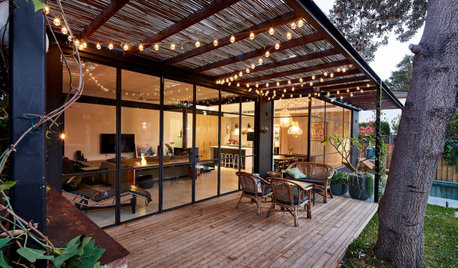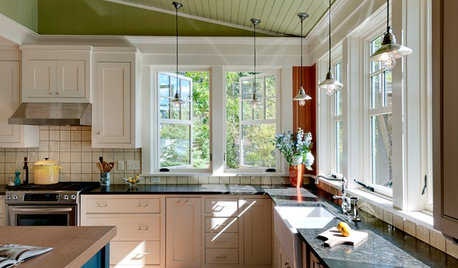Which large tree for my yard
elofgren
9 years ago
Featured Answer
Sort by:Oldest
Comments (16)
Related Professionals
Foothill Ranch Landscape Architects & Landscape Designers · Lake Oswego Landscape Architects & Landscape Designers · Manorville Landscape Architects & Landscape Designers · Fort Worth Landscape Contractors · Lynchburg Landscape Contractors · Ridgewood Landscape Contractors · Callaway Siding & Exteriors · Fairfax Siding & Exteriors · Puyallup Siding & Exteriors · Benton Decks, Patios & Outdoor Enclosures · Lake Arrowhead Decks, Patios & Outdoor Enclosures · Littleton Decks, Patios & Outdoor Enclosures · Methuen Decks, Patios & Outdoor Enclosures · Spokane Decks, Patios & Outdoor Enclosures · West Chester Decks, Patios & Outdoor Enclosuresdrrich2
9 years agoEmbothrium
9 years agohairmetal4ever
9 years agoarktrees
9 years agoEmbothrium
9 years agogreenthumbzdude
9 years agobasic
9 years agoelofgren
9 years agobengz6westmd
9 years agoelofgren
9 years agobengz6westmd
9 years agoToronado3800 Zone 6 St Louis
9 years agoc2g
9 years agopoaky1
9 years ago
Related Stories

LANDSCAPE DESIGNGarden Overhaul: Which Plants Should Stay, Which Should Go?
Learning how to inventory your plants is the first step in dealing with an overgrown landscape
Full Story
LANDSCAPE DESIGNWhich Pergola Is Right for You?
A covered pergola can increase the time you spend in your outdoor living space. Which covering should you choose?
Full Story
REMODELING GUIDESWhich Window for Your World?
The view and fresh air from your windows make a huge impact on the experience of being in your house
Full Story
SIDE YARD IDEASNarrow Trees for Tight Garden Spaces
Boost interest in a side yard or another space-challenged area with the fragrance and color of these columnar trees
Full Story
FARM YOUR YARDIf You Have Room for Only One Fruit Tree ...
Juice up a small garden with one of these easier-care or worth-the-effort fruit trees for a mild climate
Full Story
TREESHow to Buy Healthy Trees and Shrubs
A healthy young plant with a strong form is more likely to do well in your yard. Here’s what to look for at the nursery
Full Story
GARDENING GUIDESHow to Keep Your Citrus Trees Well Fed and Healthy
Ripe for some citrus fertilizer know-how? This mini guide will help your lemon, orange and grapefruit trees flourish
Full Story
EDIBLE GARDENSHow to Grow 10 Favorite Fruit Trees at Home
Plant a mini orchard in fall, winter or early spring to enjoy fresh-off-the-tree fruit the following year
Full Story
LANDSCAPE DESIGN7 Great Trees for Summer Shade and Fall Color
These landscape-pro faves straddle the seasons beautifully. Could one enhance your own yard?
Full Story
GARDENING GUIDESTree Care: Common Tree Diseases and What to Do About Them
Learn to recognize trees that may be affected by diseases or pests so you can quickly take action
Full Story








Toronado3800 Zone 6 St Louis